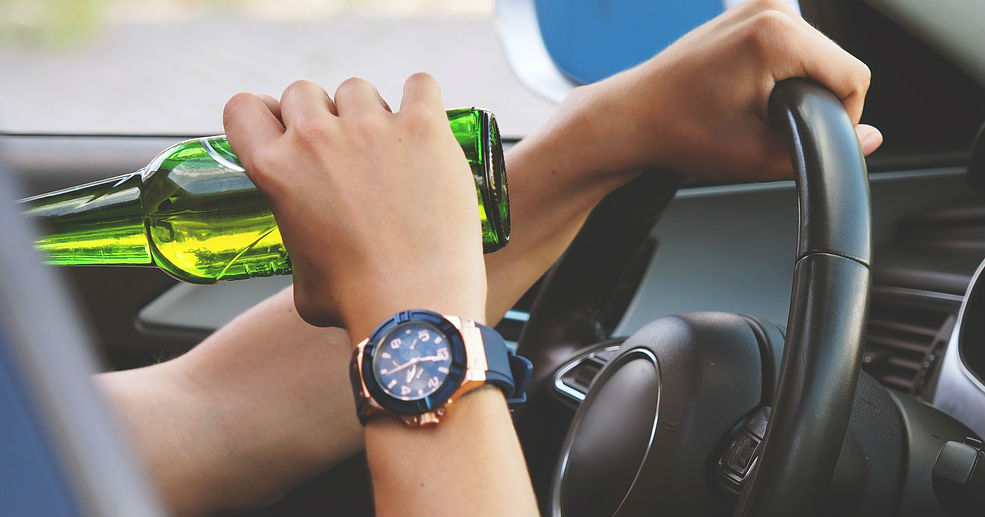
A time posing a great risk for fatal drunk-driving crashes – New Year’s Eve – has passed. While the number of drunk-driving accidents that occurred that night has yet been reported, we do have new data that shows alcohol-impaired drivers remain a year-round serious threat.
Last month the National Highway Transportation Safety Administration issued a report on drunk driving for 2018, the most recent year for finalized data. “Alcohol-Impaired Driving,” paints a vivid picture on the dire consequences of this careless driving behavior.
As reported by the federal government, one death caused by a drunk driver occurred every 50 minutes on average in 2018. More than 10,500 people lost their lives that year in a drunk- driving crash.
One sobering fact: Of all the children (14 years old and under) who died in traffic crashes in 2018. 22 percent were lost in drunk-driving accidents. In total, drunk-driving crashes accounted for 29 percent of all the country’s traffic deaths that year.
Drunk-Driving Blood Alcohol Concentration Levels
The federal government defines a drunk-driving accident as one involving at least one driver with a blood alcohol concentration of .08% or higher, noting this is the drunk-driving threshold for every state, including Missouri. (One state, Utah, has an even lower threshold.)
Yet a majority of drunk drivers in fatal crashes in 2018 greatly exceeded this minimum standard. According the NHTSA report, in 2018 55% of drunk drivers in fatal crashes had a BAC level of at least .15%.
BAC is measured by the amount of alcohol, in milligrams, in a person’s blood stream. Besides the type and number of alcoholic drinks consumed, a person’s individual factors may affect BAC, including:
· Body weight
· Any food eaten
· Medications the person currently is taking
· The time duration in which the drinks were consumed
Not surprisingly, the age group of drivers that had the lion’s share of drunk drivers involved in fatal crashes was those 21 to 24 years old. These drivers represented 27% of all drunk-drivers in deadly accidents.
And while drivers 55 years old and older accounted for the fewest amount of fatal drunk driving crashes, they were the only group in the federal report whose deadly crashes actually increased since 2009.
Drunk-drivers are likely repeat offenders. The NHTSA found that drunk drivers involved in fatal crashes had many more previous speeding and/or DWI convictions than sober drivers in fatal accidents.
Fatal Drunk-Driving Crashes in St. Louis County
In 2018, more than one-quarter of traffic deaths in Missouri came from crashes involving a drunk driver, with 26% of the state’s driving-related fatalities. The number of drunk-driving deaths in St. Louis County has risen steadily from 2014, despite a nationwide dip in drunk-driving fatalities.
Nearly nine out of 10 drunk-driving deaths in the U.S. in 2018 occurred in good weather; only 8 percent occurred in the rain. So weather conditions have little additional impact on a driver’s impaired skills and judgment while under the influence of alcohol.
Someone who knowingly gets behind the wheel after consuming dangerous levels of alcohol is negligent and a deadly threat to innocent drivers on the road. If you lost a loved one in a crash with a drunk driver, speak with an attorney who represents the legal rights of victims of catastrophic car accidents.
The choice of a lawyer is an important decision that should not be based solely on advertisements.
Authored by Gray Ritter Graham, posted in Blog January 14, 2020

 RSS Feed
RSS Feed